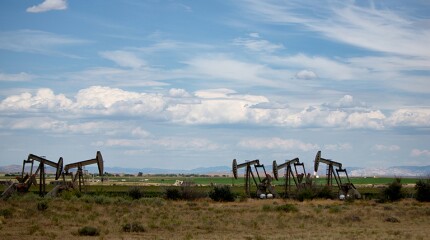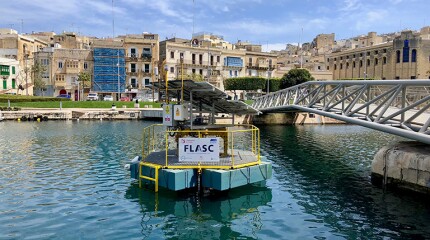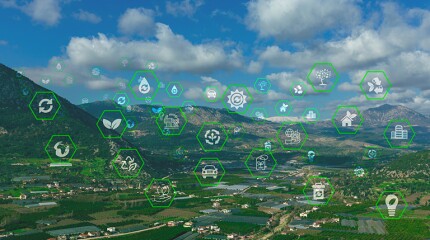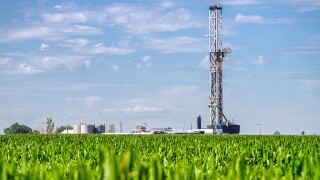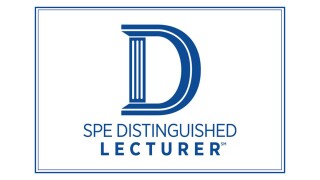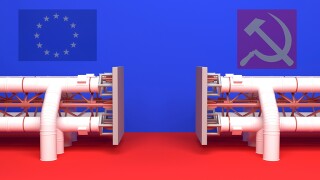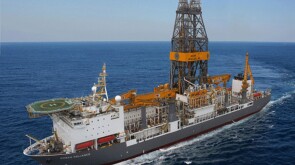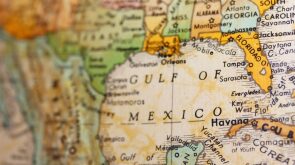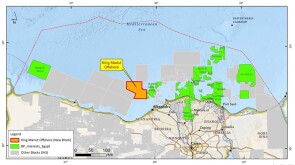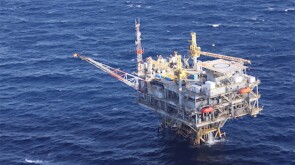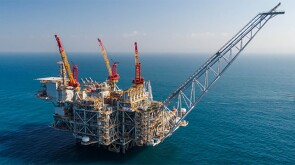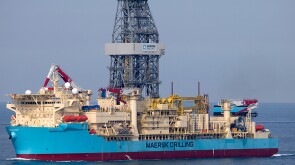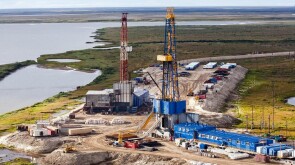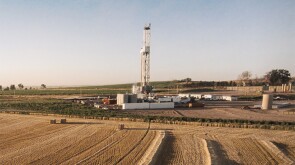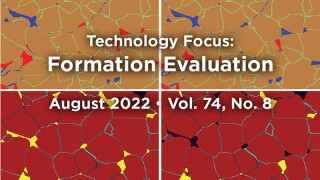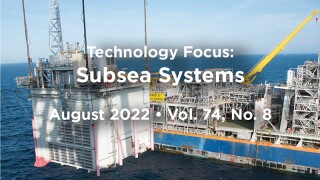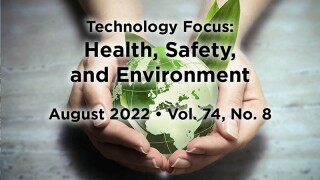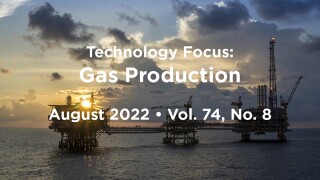JPT August 2022 Issue

On the Cover
A set of rod-lift pumps in an oil field. Source: Getty Images.
Read the JPT Digital Magazine [Members only]
Monthly Features
-
Devon, Shell, and SM Energy offer some of their latest learnings from recent independent subsurface diagnostics projects. Their work underscores why this arena of technology has become a cornerstone for hydraulic-fracture design in tight-rock reservoirs.
-
Drillers are working to find ways to break some bad data habits. Those problems can range from the use of multiple formulas to calculate mechanical specific energy to timekeeping systems where the clocks and the time records are often off.
-
The partnership of Subsea 7 and Flasc has a plan to use out-of-service pipelines as pressure vessels in a hydro-pneumatic energy storage concept.
-
The assumption of lower emissions from natural gas only holds true when the methane leaks and flaring are addressed. Mitigation of methane emissions offers an opportunity for the oil and gas industry to drastically reduce overall emissions that are typically reported on a CO2-equivalent basis. Some producers opt to showcase their good performance via voluntary certifi…
Guest Editorial
-
The key element of hydraulic-fracture modeling is the prediction of the generated fracture geometries. Research conducted over the years has trickled down predictive software. Nevertheless, the ability to design optimal fracture treatments is hampered, as we cannot “see” the subsurface.
President's Column
-
SPE’s technical sections and communities evolve with the industry’s current and foreseeable trends. Consolidations, splitting of existing communities, or the creation of new ones are considered, when needed, to provide maximum efficiency to our members.
SPE News
-
With speakers from various disciplines and professions, the program focuses on industry trends, challenges, and technology applications and advances.
Comments
-
Europe is providing a stark look at the vagaries of geo- and energy politics and how quickly complacency can be shattered. Will its lessons learned be heeded by the rest of the world?
E&P Notes
People
-
SPE Distinguished Member and a founder of the SPE’s first section in Moscow, died 13 March. He was 76.
-
Namesake of the Mewbourne College of Earth and Energy at The University of Oklahoma (OU), died 23 June. He was 87.
-
This section lists with regret SPE members who recently passed away.
Formation Evaluation
-
As we continue to advance the capability in the laboratory environment to test downhole condition measurements experimentally, the tools we are using appear to be bridging the subsurface characterization with the production results. Continued focus on unconventionals is complemented with a renewed focus on conventional research as well.
Subsea Systems
-
In current offshore operations—with an emphasis on environmental, social, and governance performance—subsea has an increasingly important role to play. Subsea tiebacks in particular offer opportunities to increase asset productivity while minimizing environmental impact on an incremental production-per-barrel basis.
Health, Safety, and Environment
-
While the upstream industry continues to incorporate and develop advances in automation and machine learning (ML), its professionals remain dedicated to safety and security, using these technologies to help maintain high standards and achieve new goals.
Gas Production
-
In response to sustained global demand, the development of gas production technology continues unabated. The chain starts with enabling production from an ever-wider range of resources, including source rock (shale), coal-seam gas, deep offshore gas, contaminated gas, and methane-hydrate sediment or by maximizing recovery from existing reservoirs by enhanced-gas-recov…
SPE Members: Access the free technical papers synopsized above through 30 September.

